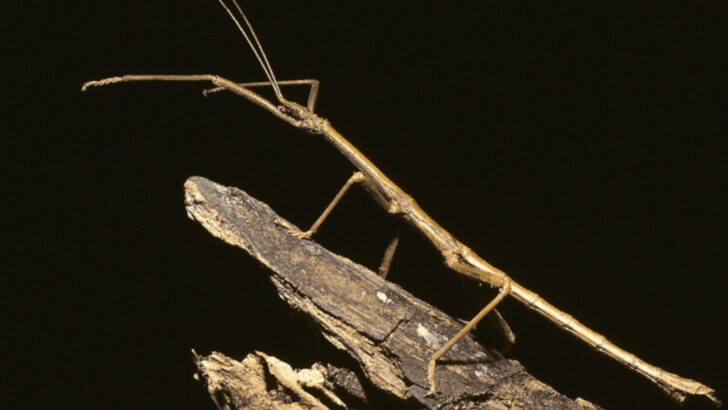Some animals survive by letting predators bite them—on purpose.
When death is one chomp away, these creatures pull off the ultimate disappearing act. They sacrifice tails, scales, or even chunks of skin like decoys tossed in a magician’s show, distracting their attackers just long enough to make a run for it.
It’s nature’s version of sleight of hand—except the stakes are life or death. These aren’t random injuries. They’re genius designs, built to be dropped, regrown, or left behind like a smoke bomb in the wild.
From lizards with detachable tails to insects with fake heads, the ten animals on this list are survival artists, using their bodies as bait in the boldest way possible. Want to see evolution at its most dramatic? Let’s dive into the world of built-in escape plans.
Horned Lizard
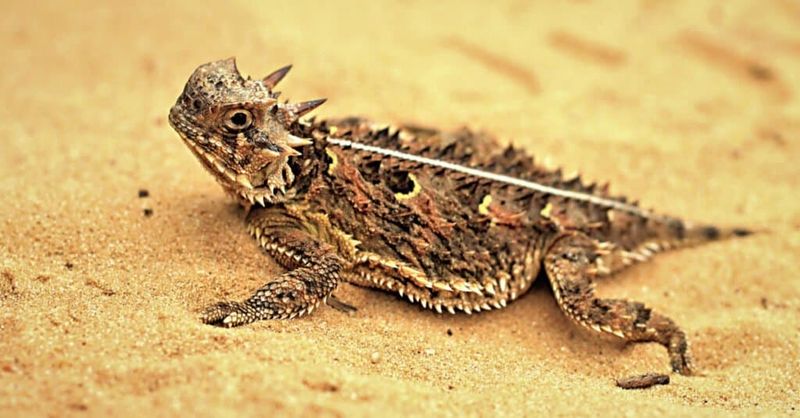
A horned lizard is like a tiny dragon of the desert, with a special trick up its sleeve. When in danger, it can detach its tail, leaving predators with a mouthful of distraction.
This tail, full of vibrant colors, serves as a perfect decoy. It’s a small sacrifice for the sake of survival. Who would have thought such a tiny lizard could outwit its enemies with such a clever ruse?
Nature’s creativity never ceases to amaze, and the horned lizard stands as a testament to that ingenuity.
Sea Cucumber
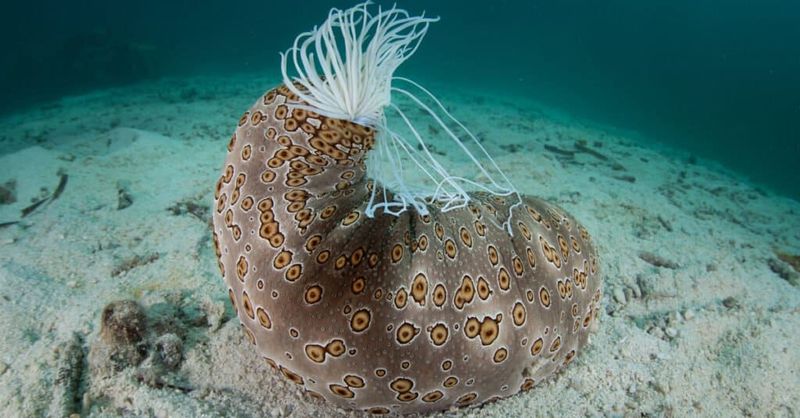
Sea cucumbers are the ocean’s masters of sacrifice. They eject their intestines when threatened, creating a vivid, gelatinous distraction. Predators are often confused or entangled, allowing the sea cucumber to make a hasty retreat.
This fascinating defense mechanism highlights the unique adaptations found in marine life. It’s both a desperate and brilliant strategy that ensures the sea cucumber’s survival.
Underneath the sea, where survival is a constant battle, such tactics are essential for many creatures.
African Tree Frog
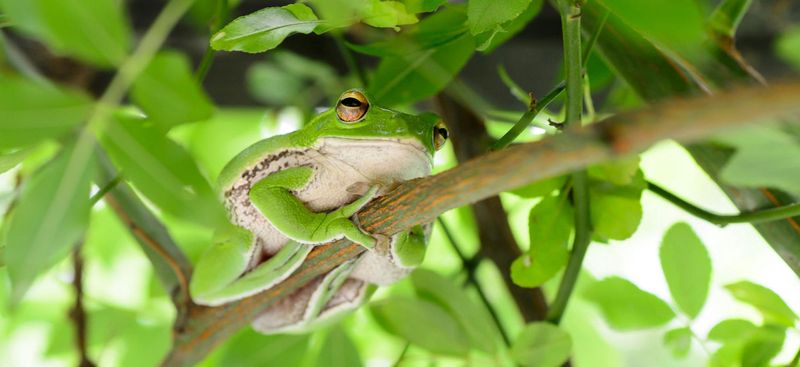
With a leap and a splash, the African tree frog reveals its hidden defense. Its bright underside flashes as it jumps, startling predators and giving the frog precious seconds to flee.
If caught, it can drop its limb, which continues to twitch, distracting the predator just long enough for the frog to make its escape.
Crab with Detachable Claw
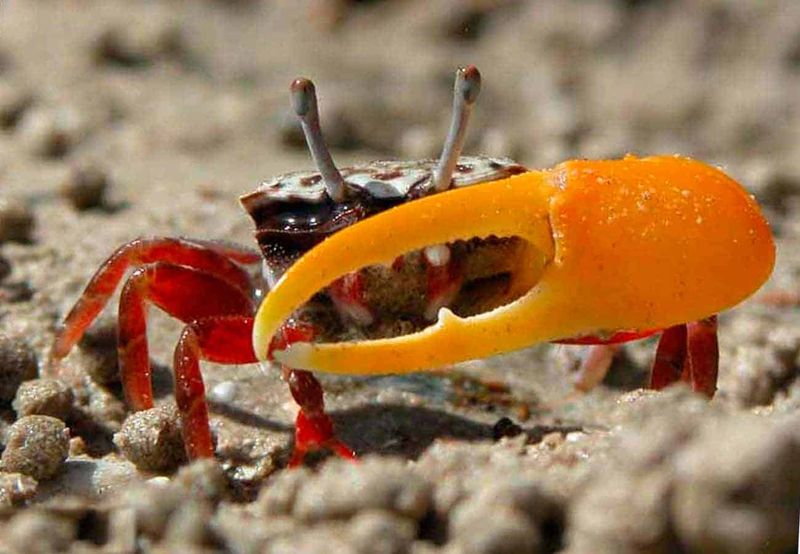
Crabs have a remarkable ability to detach their claws when attacked. This sacrificial act is a means to distract predators while the crab scurries away to safety.
The claw will eventually regenerate, making it a temporary loss for long-term survival. It’s a gritty determination to live another day.
These creatures, often seen scuttling along beaches, demonstrate resilience and strategic sacrifice, showcasing the crab’s willingness to trade a limb for life.
Starfish Regeneration
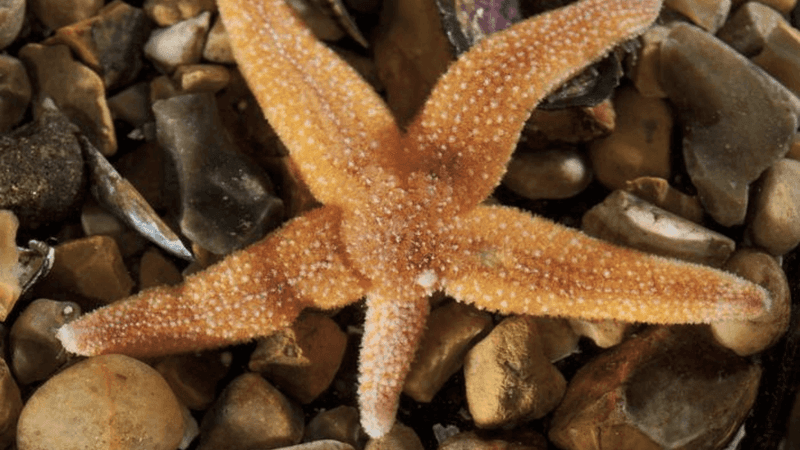
Starfish, with their enchanting symmetry, have a secret weapon against predators: regeneration. When threatened, a starfish can shed an arm, confusing its enemy.
This arm will eventually grow back, a testament to their resilience and adaptability. Life among corals is full of dangers, but starfish have mastered this art of survival.
Their regeneration ability is as mesmerizing as their appearance. Among the reefs, these stars of the sea exhibit a truly remarkable method of defense.
Stick Insect
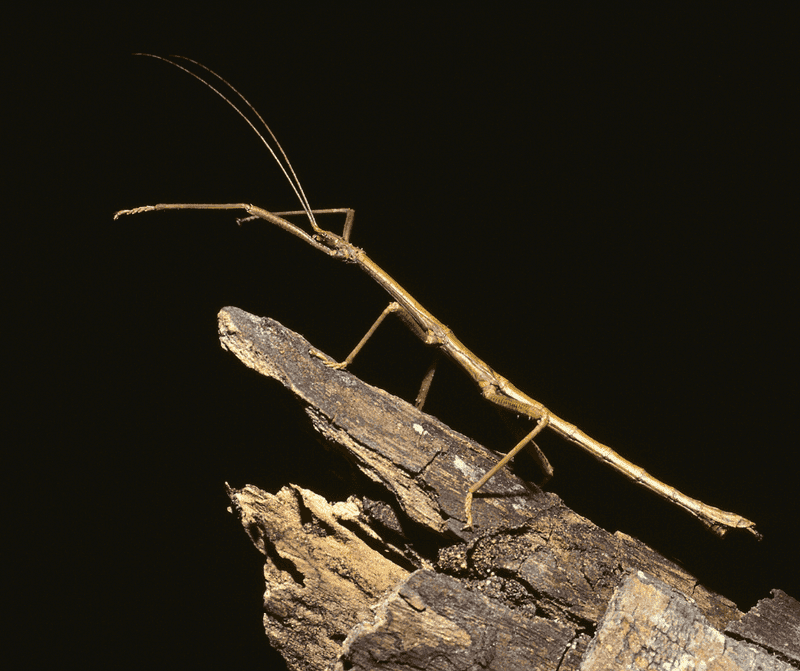
Ever wondered how a creature could vanish right before your eyes? Meet the stick insect, a master of disguise. With its twig-like body, it perfectly mimics branches, making it nearly invisible to predators.
But its camouflage isn’t its only trick. When threatened, some species can shed a leg, creating a momentary distraction, enabling a safe getaway.
Octopus Arm Sacrifice
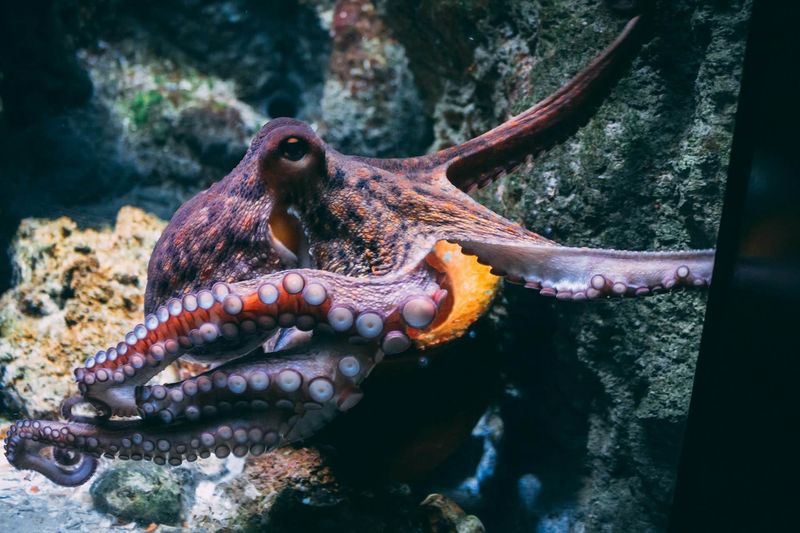
Octopuses are not only intelligent but also resourceful when it comes to survival. They can sacrifice an arm, leaving it behind to distract predators while they make their escape.
This act of sacrifice is both bold and calculated. The octopus’s ability to regrow the lost limb is a testament to their remarkable adaptability.
In the complex underwater world, such strategies are vital for survival. It’s a testament to their intelligence and the intricate dance of life beneath the waves.
African Spiny Mouse
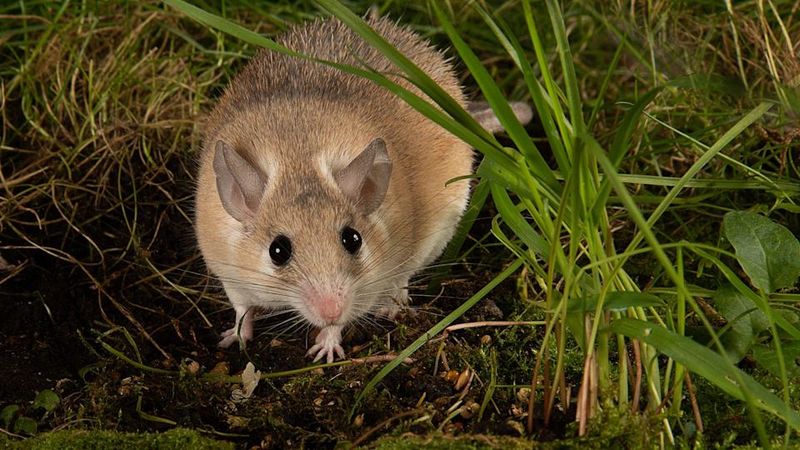
The African Spiny Mouse is a marvel of nature, capable of shedding patches of its skin to escape predators. This ability leaves predators baffled, often buying the mouse enough time to flee.
The mouse’s skin regenerates quickly, showcasing its incredible healing abilities. In the harsh landscapes of Africa, such an adaptation is crucial for survival.
The spiny mouse’s resilience and resourcefulness highlight the incredible complexity of nature’s survival strategies.
Leaf-Tailed Gecko
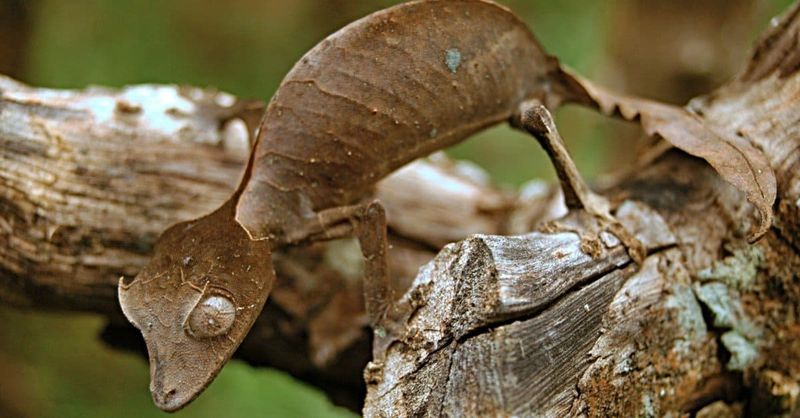
The leaf-tailed gecko is a master of disguise. Its tail resembles a leaf, complete with intricate patterns. When threatened, it can lose this tail, creating a visual deception.
The predator is left with a false prize while the gecko escapes. This camouflage and sacrifice combination is a brilliant survival tactic.
Among the dense foliage of the rainforest, the leaf-tailed gecko’s adaptations ensure it remains one of the forest’s elusive inhabitants.
Cuttlefish
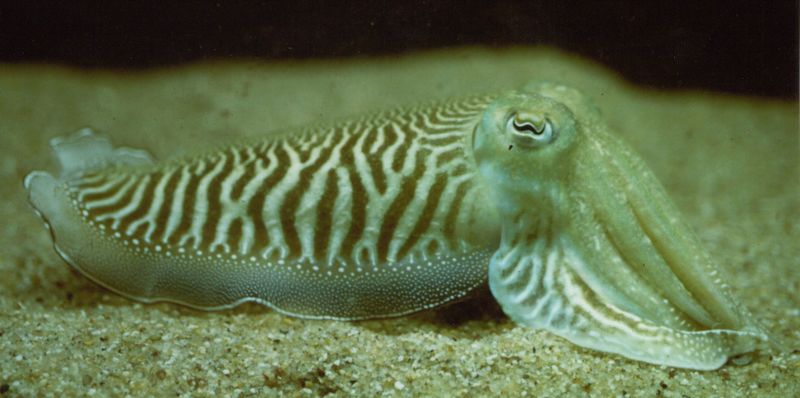
The cuttlefish is often referred to as the chameleon of the sea, for a good reason. This marine marvel can change its skin color and texture in an instant, confusing predators.
When escape seems impossible, it releases a cloud of ink, mimicking its shape to create a decoy. This momentary diversion provides an opening for a swift escape.

